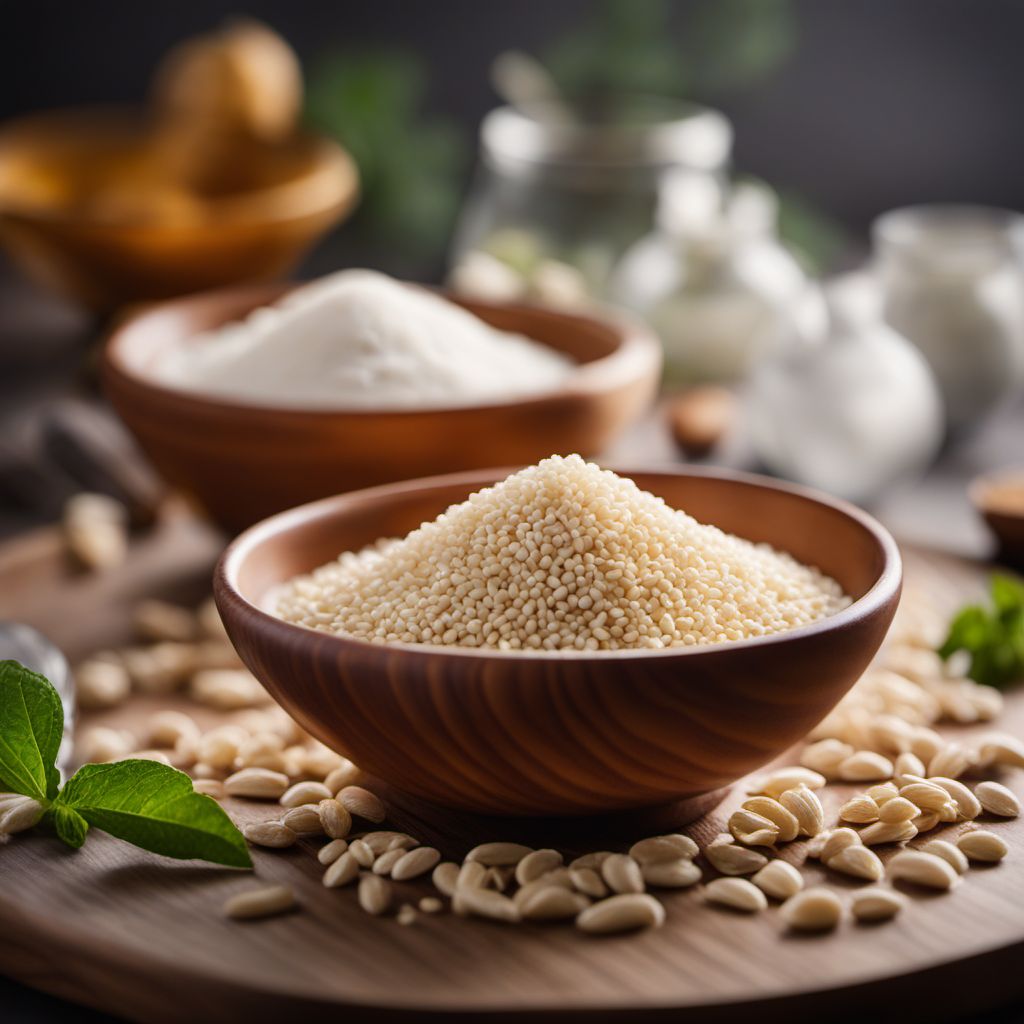
Ingredient
Inulin and other polyfructoses
The Fiber Powerhouse: Unleashing the Health Benefits of Inulin and Polyfructoses
Inulin and other polyfructoses are naturally occurring carbohydrates found in a variety of plants. They are soluble fibers that have a slightly sweet taste and a creamy texture. Inulin is often used as a prebiotic, promoting the growth of beneficial gut bacteria. It is commonly extracted from chicory root, but can also be found in other sources such as Jerusalem artichokes, onions, and garlic. These ingredients are often used as functional food additives due to their ability to improve texture, enhance flavor, and provide health benefits.
Origins and history
Inulin has been used for centuries in traditional medicine and culinary practices. It was first discovered in the early 19th century by French chemist Henri Braconnot. Inulin-rich plants have been cultivated and consumed in various cultures throughout history, with records dating back to ancient Egypt and Rome. Today, inulin is widely used in the food industry and has gained recognition for its potential health benefits.
Nutritional information
Inulin and polyfructoses are low in calories and do not significantly impact blood sugar levels. They are considered dietary fibers and can contribute to improved digestion, increased satiety, and enhanced gut health.
Allergens
Inulin and polyfructoses are generally well-tolerated and not known to cause allergies. However, individuals with fructose intolerance or sensitivity should consume them in moderation.
How to select
When selecting inulin or other polyfructoses, look for products that are labeled as pure and free from additives or fillers. Opt for organic options whenever possible to ensure the highest quality.
Storage recommendations
Store inulin and other polyfructoses in a cool, dry place, away from direct sunlight. Ensure the packaging is tightly sealed to prevent moisture absorption.
How to produce
Inulin can be produced commercially through the extraction process from plants such as chicory root. However, it is not practical for amateurs to produce inulin at home.
Preparation tips
Inulin can be used as a natural sweetener in beverages, baked goods, and desserts. It can also be added to smoothies, yogurt, or oatmeal for an extra fiber boost. When using inulin in recipes, it is important to follow the recommended dosage as excessive consumption may cause digestive discomfort.
Culinary uses
Inulin and other polyfructoses are commonly used in the food industry as functional ingredients. They can be found in a wide range of products, including dairy alternatives, protein bars, cereals, and beverages. Inulin is also used in the production of low-fat and low-sugar foods, as it can mimic the texture and mouthfeel of fats and sugars.
Availability
Inulin and other polyfructoses are commonly available in grocery stores, health food stores, and online retailers worldwide.
More ingredients from this category

Honey
Nature's Sweet Nectar: Unveiling the Golden Elixir

Sugars (mono- and di-saccharides)
The Sweet Science: Unveiling the Secrets of Mono- and Di-saccharides

Polyols
The Sweet Side of Sugar Alcohols

Syrups (molasses and other syrups)
Liquid Gold: Unveiling the Sweet World of Syrups

Maltodextrins and similars
The Versatile Sweeteners: Unveiling the World of Maltodextrins and Similars